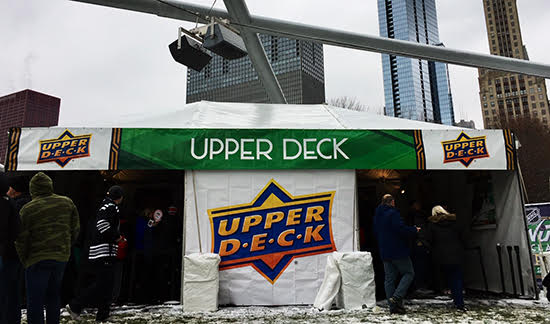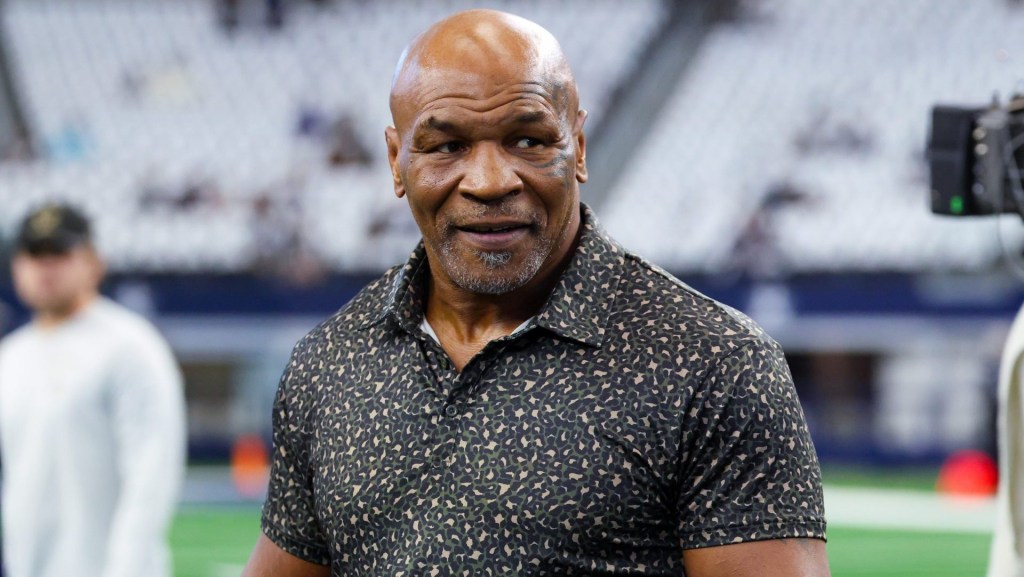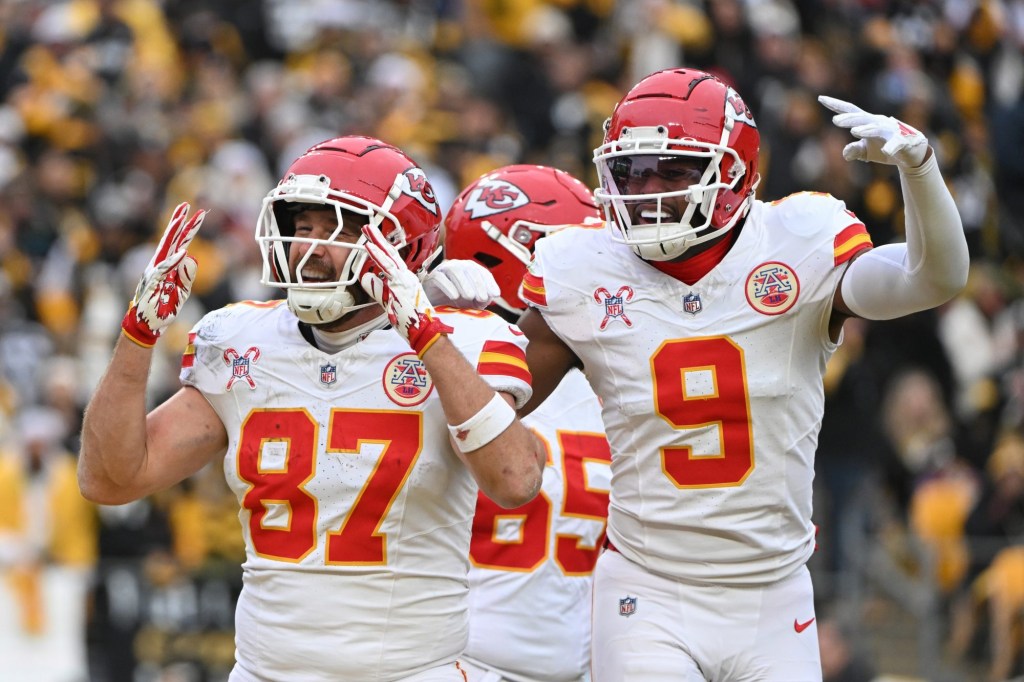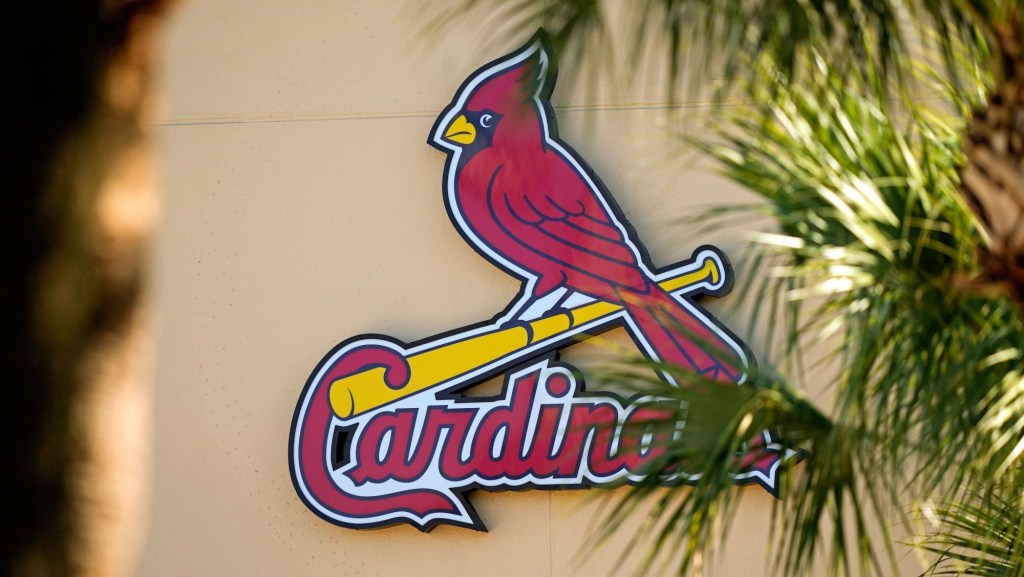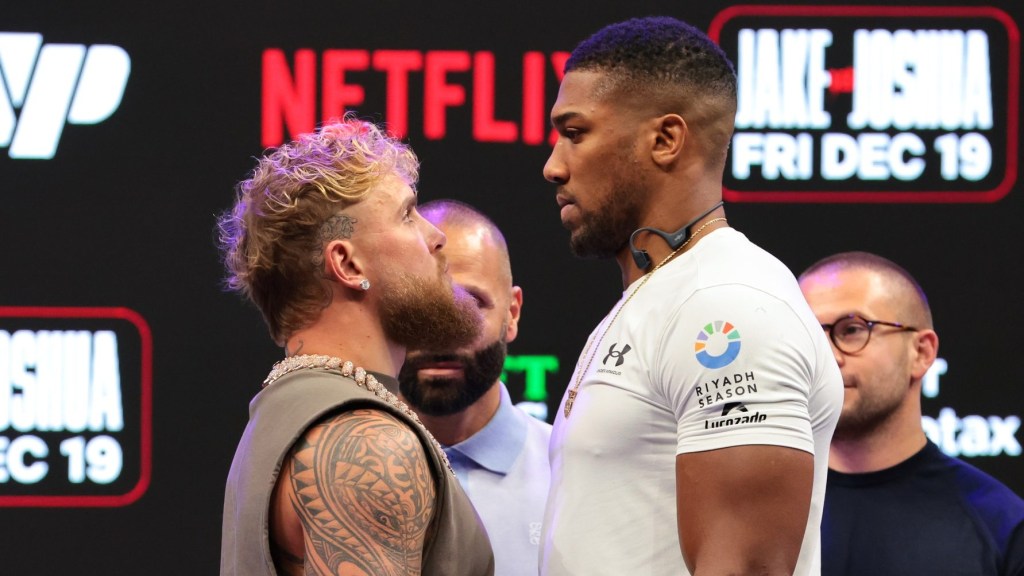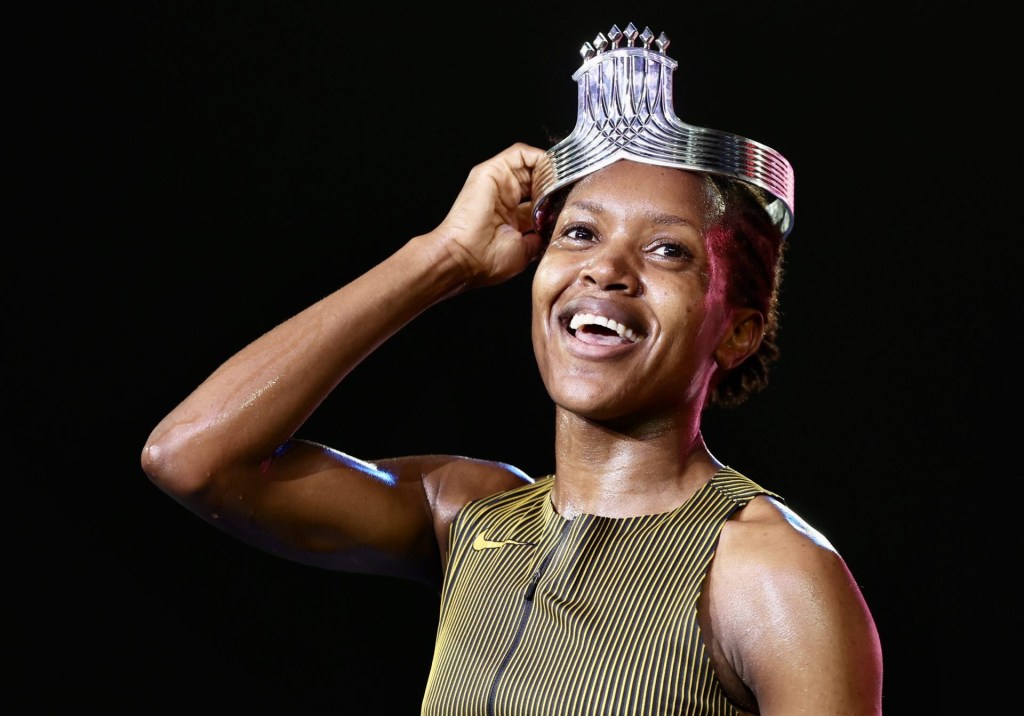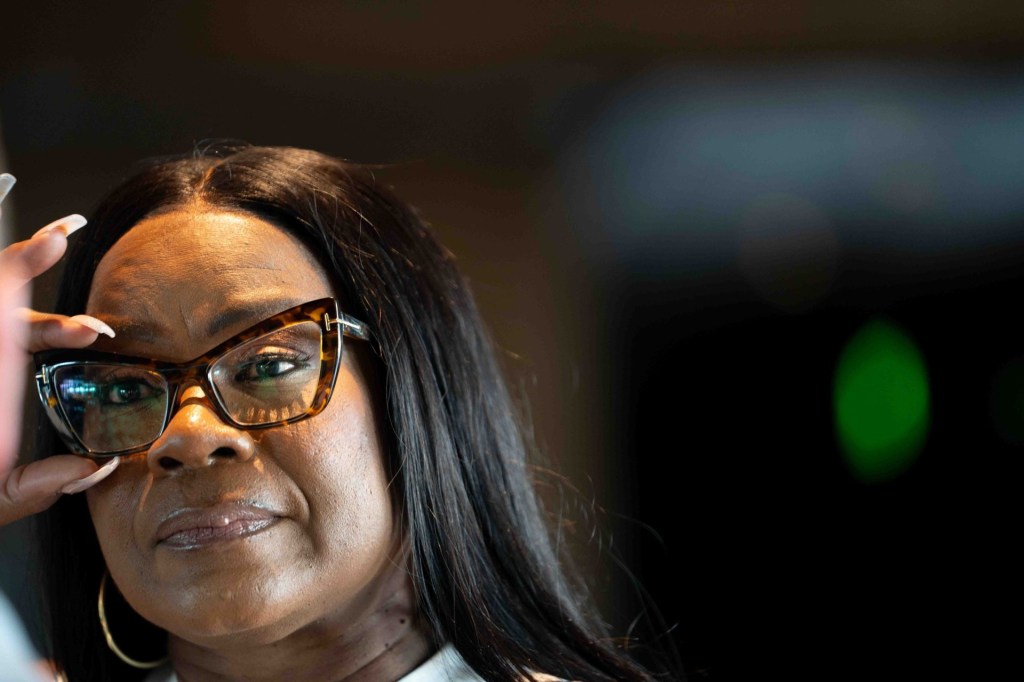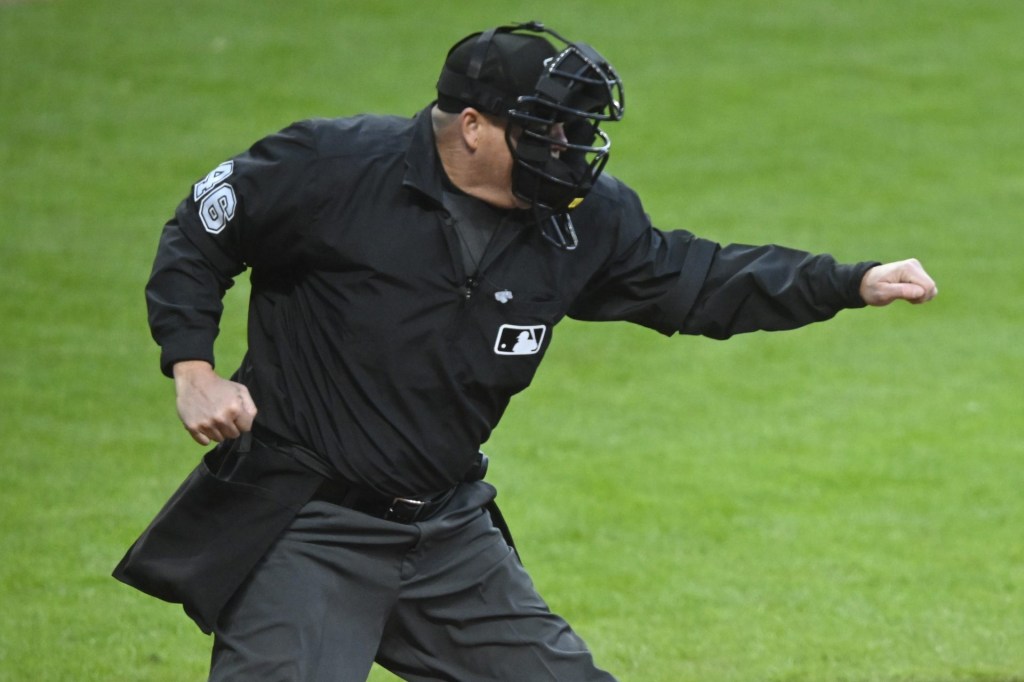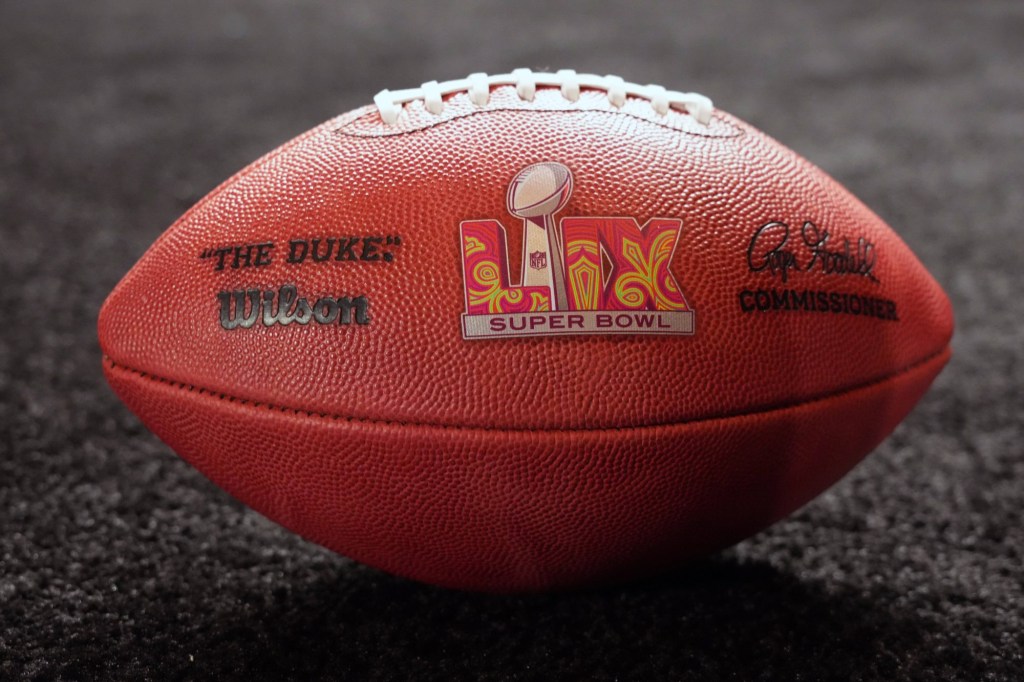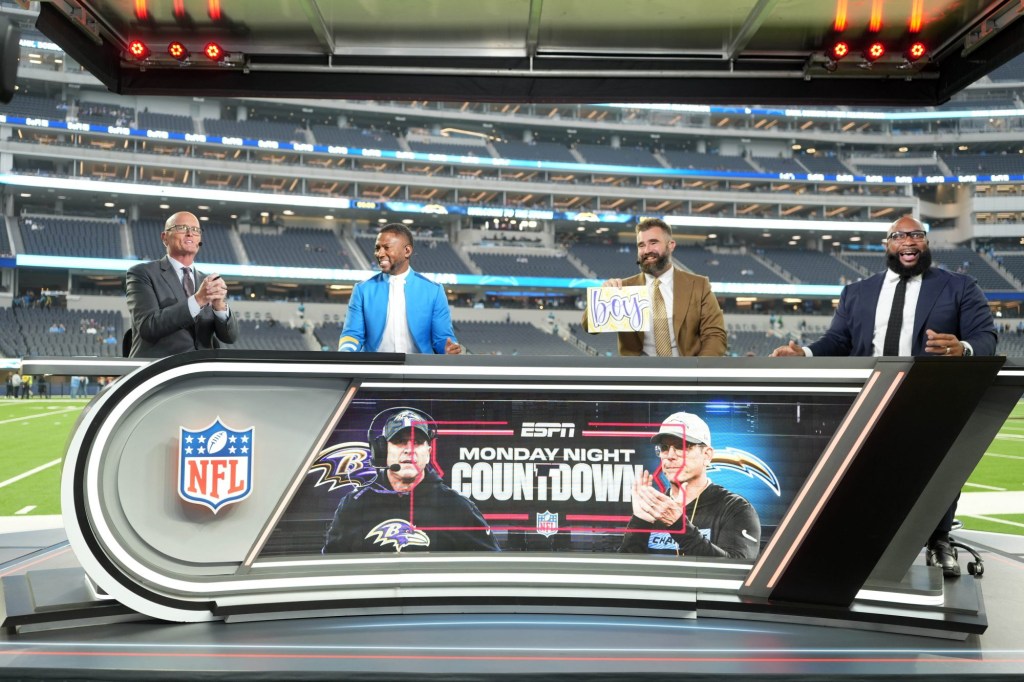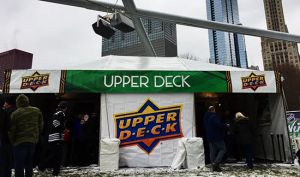
Photo via Upper Deck
Following a period of industry doubt, trading cards are on the upswing.
A recent extension of an exclusive partnership between trading card company Upper Deck and the National Hockey League and NHL Players Association is a recent example of the innovation happening in the long-time industry.
There was a time in the 2000s dealers felt they’d be pushed out of business as eBay rose in popularity, said Chris Carlin, Upper Deck’s senior manager of customer experience. As with any industry and technology, Carlin said, the successful retailers have embraced the move online.
“In the 1990s, there was a boom and the bubble kind of burst,” Carlin said. “We worked to make hockey a key focus of ours, and we’ve seen a tremendous amount of stabilization and growth in hockey.”
Carlin mentioned several initiatives Upper Deck has launched with its hockey trading cards the past several years, including National Hockey Card Day and e-Packs, a digital-to-physical collecting platform.
READ MORE: Sports Card Collecting Sets Its Sights on the Digital Age
Upper Deck has had exclusive NHL trading card rights from 2004 to 2010 and has similar rights since the 2014-15 season. The company has provided NHL cards since 1990.
“Upper Deck has continually delivered top-notch, innovative products that emotionally connect fans of all ages worldwide to their favorite teams and players,” said Brian Jennings, NHL chief branding officer and executive vice president. “We look forward to collaborating with Upper Deck to ensure that the next generation of fans can enjoy this time-honored tradition.”
The initiatives launched by Upper Deck are targeted toward two main sets of consumers, finding children who haven’t been introduced to trading cards and engaging collectors who drifted from the hobby.
The National Hockey Card Day provides customers who visit a retailer who carries hockey cards with a pack of cards. Carlin said the program has been a boon to engaging casual fans and youth hockey players alike. Upper Deck does an annual event, the NHLPA Rookie Showcase, and Carlin said it’s approximately 20 percent of draft picks said they collect cards in part because of National Hockey Card Day.
[mc4wp_form id=”8260″]
Similarly, Upper Deck sets up a personalized fan trading card booth at the NHL All-Star Weekend. Fans can put on jerseys and get their photos turned into a card, printed on-site or shared digitally for social media use.
The e-Pack, however, is where Carlin might be most excited. The concept launched three years ago and allows fans to open a pack anywhere in the world. The cards aren’t just digital, but scans of the cards held at a warehouse. Customers can then have the cards sent to them, or they can be traded and sold online. Card packs have been opened across the globe, he said.
The e-Packs also provide a quicker route to market than normal packs of cards. A release of cards can take nine months or more to set up, Carlin joked calling the industry “as nimble as an oil tanker.” With the e-Packs, Upper Deck now releases weekly moments of the NHL’s best plays available the week after for purchase in the e-Pack system.
READ MORE: Topps Keeps Tradition and Nostalgia Alive by Innovating the Trading Card Industry
“It’s cool because it provides a collector with up-to-date live action of key moments that season,” Carlin said.
Unique collectibles are key as Upper Deck continues to engage new and old collectors alike. The hockey partners receive revenue from their deal with the trading card company, but Carlin said they also appreciate Upper Deck’s focus on the business and turning casual fans into life-long advocates of hockey.
The NHLPA’s Chief of Global Business Strategies Sandra Monteiro agrees about the value of NHL trading cards to the sport.
“We are very proud of our long-standing relationship with Upper Deck and look forward to continuing to grow the profile of our players through these iconic collectibles,” Monteiro said. “Under this partnership, both the players – and the sport, in general – will benefit from Upper Deck’s commitment to expanding the reach of NHL cards to younger collectors through digital and in-store programs.”
